
The book consists of seven photo essays by the country’s leading and emerging photographers — Tapu Javeri, Arif Mahmood, Farah Mahbub, Izdeyar Setna, Farzad Bagheri, Fareena Chanda and Amean J (who is also co-editor with Arshad Farqui) and each is a testament to the myriad aspects of the city; the modernity is juxtaposed brilliantly against the splendour of a bygone era.
Javeri’s Balconies series, whose essay is aptly titled ‘Remains of the Day’, reminds us how neglect can cause the rot of all things related to heritage. As if to wipe out any reminder of our colonial past, monstrosities have been built to signify the arrival of a modern republic resulting in the decay of what was once splendid. The intricate designs found in the balconies built in the European tradition can only be found here in the crowded area of Saddar; rarely have we seen their columns or frames or even elements of it replicated despite the balcony still being an integral part of a home.
Fareena Chanda, in her series ‘Architectural Reflections’ pays homage to those who migrated during Partition and created homes in Karachi. The structures featured in the series are also in a state of decay but tell tales of what life would have been like when the city was welcoming its newest dwellers.
Farah Mahbub too pays tribute to colonial heritage in a series of stunning black and white images titled ‘Making of the Colonial Soup’. What makes her work so remarkable is that they seem timeless: were they taken yesterday or a decade ago, the decay of the buildings seems irrelevant for the eye focuses on their magnificence. Farzad Bagheri’s ‘Environmental Portraits’, photographs of homes, exterior and interiors, are equally stunning; that each portrait is accompanied by a quote of the home-owner rather than a discourse on the subject at hand only makes the images more powerful.
Setna’s built a reputation of capturing simple but strong narrative in what appears to be an effortless manner. This is certainly true for his series ‘Fading Footsteps’ on the Parsi Colony. It is a touching tribute, poignant perhaps because of the photographer’s closeness to the subject. The images reflect the dwindling number of Parsis in the city: padlocked gates, deserted homes, unkempt gardens are testament to the fading footsteps.
Virtuoso photographer Arif Mahmood, who is blessed with the gift of storytelling through his images like none other, takes readers through Soldier Bazaar. Images like the one of Mehran Sale Depot, where a man paints words of a beverage in yellow pitted against a vibrant green, come alive. But these are not images of despair: the dog lying on the street (is it dead or simply snoozing?) or the woman draped in a sari speaking on a mobile phone against a crumbling building all speak about a comfortable, albeit begrudgingly, co-existence.
Amean J’s work on the Quaid-i-Azam’s mazaar also deserves special mention. The manner in which the series is presented over the images — from one element of the building to the entire structure, almost like a slideshow — is set up to evoke an emotional response, especially when the preceding text of Mr Jinnah’s speech is read.
Published in the Express Tribune, June 6th, 2010.























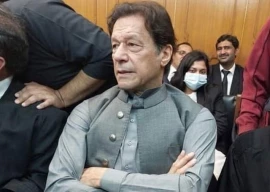
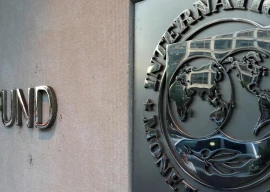
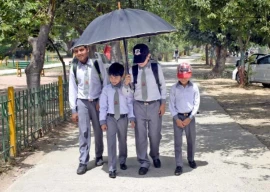

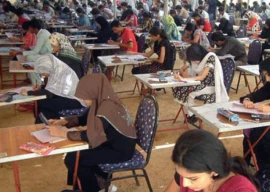




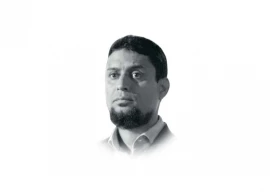

COMMENTS
Comments are moderated and generally will be posted if they are on-topic and not abusive.
For more information, please see our Comments FAQ